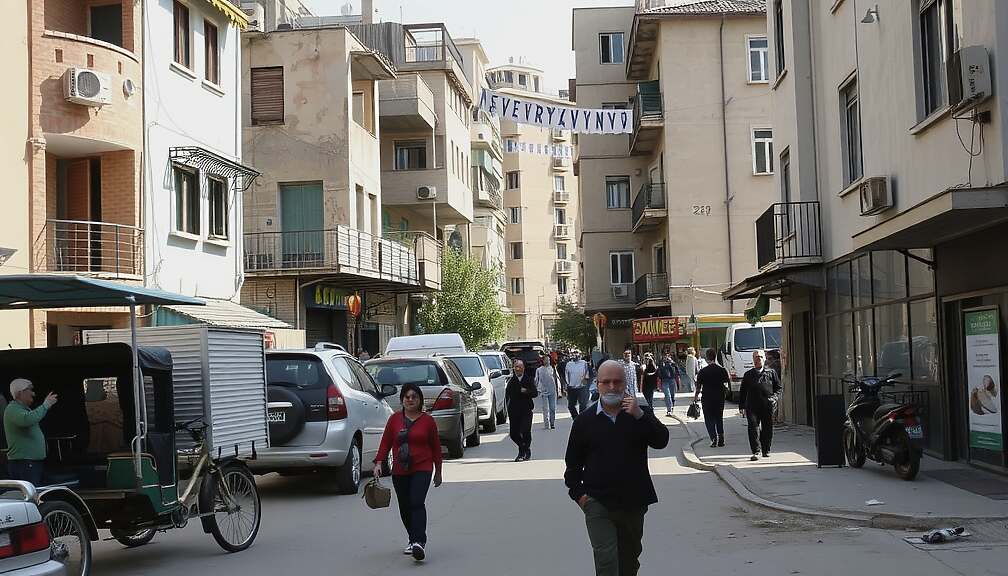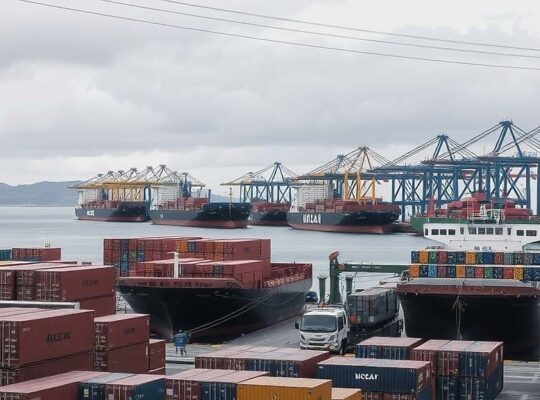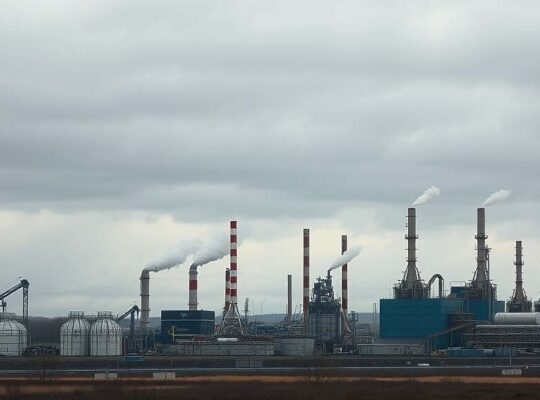The data released this week by the Federal Statistical Office (Destatis) paints a complex and potentially troubling picture of the Syrian diaspora’s relationship with Germany, while simultaneously highlighting evolving dynamics within Syria itself. Between January and September 2025, the number of Syrians registered as relocating to Germany plummeted by 46.5% compared to the same period in 2024, with just 40,000 arrivals recorded. This dramatic decrease, occurring after the fall of the Assad regime at the end of 2024, signals a potential shift in perceptions of safety and opportunity within Syria.
However, this decline is mirrored by a significant increase in the number of Syrians departing Germany. A 35.3% rise in emigration was registered for the same timeframe, with over 21,800 Syrians leaving the country. This concurrent trend raises critical questions about integration efforts, economic opportunities and the overall sentiment amongst the Syrian community in Germany. Are disillusionment with integration policies playing a role? Are perceived improvements in Syria, however fragile, prompting a return? Or are alternative destinations now proving more attractive?
The figures are further contextualized by data from the United Nations High Commissioner for Refugees (UNHCR), which indicates a return of approximately one million refugees to Syria and 1.8 million internally displaced persons between December 2024 and September 2025. While this constitutes a noteworthy movement, the UNHCR also stresses that over 4.5 million Syrian refugees remain abroad and over 7 million are still displaced within Syria. The persistent disparity underscores the ongoing instability and humanitarian crisis, despite the regime change.
Germany currently hosts nearly 713,000 Syrian asylum seekers, second only to the number of Ukrainian refugees. This substantial population creates specific political and social obligations. The observed trends demand a renewed examination of German policies towards Syrian refugees – focusing not only on initial asylum provision, but on long-term integration, economic inclusion and a nuanced understanding of the complex factors driving migration patterns. The apparent exodus from Germany, alongside the return to Syria, necessitates a reassessment of expectations and a willingness to adapt strategies to reflect the evolving realities on the ground.












